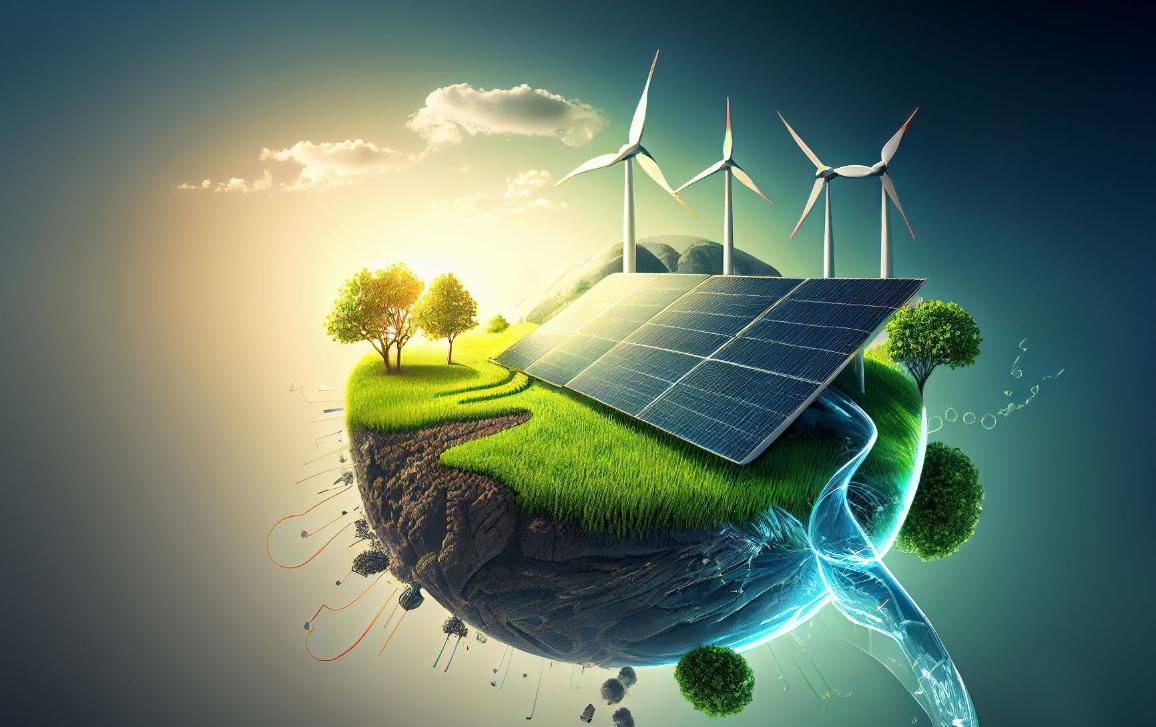Introduction: The Rising Need for Renewable Energy
Advertisement
As the global population continues to grow and industrialization expands, the demand for energy is reaching unprecedented levels. The conventional energy sources such as coal, oil, and natural gas, which have powered our world for centuries, are rapidly depleting. Alongside this depletion, the environmental costs of fossil fuels have become increasingly clear. From air pollution to climate change, the negative impact of non-renewable energy sources on the planet cannot be ignored.
The shift towards renewable energy is no longer a matter of choice; it is a necessity. Renewable energy, derived from sources that are naturally replenished, such as the sun, wind, and water, offers a sustainable solution to our growing energy demands. In recent years, significant progress has been made in improving renewable energy technologies, and innovative breakthroughs are shaping the future of energy production.
In this article, we explore the groundbreaking innovations in renewable energy that have the potential to transform the world. From solar energy advancements to the rise of green hydrogen and next-generation wind turbines, we will examine how these technologies are not only making energy production cleaner and more sustainable but are also paving the way for a more energy-efficient future.
Solar Power: A Sun-Powered Revolution
Solar energy has long been considered one of the most promising renewable energy sources. Harnessing the power of the sun, solar panels convert sunlight into electricity through photovoltaic (PV) cells. Over the past few decades, solar technology has made incredible strides. The efficiency of solar cells has significantly improved, while costs have plummeted, making solar energy more accessible to individuals and businesses alike.
One of the most exciting innovations in solar energy is the development of perovskite solar cells. Perovskite materials, which have a unique crystal structure, have demonstrated the ability to convert sunlight into electricity more efficiently than traditional silicon-based cells. These cells are not only more efficient but also cheaper to produce. In fact, perovskite cells could potentially revolutionize the solar industry, offering a much more affordable way to generate solar power.
Moreover, solar skin technology is also gaining attention. Solar skins are essentially thin, flexible photovoltaic films that can be applied to the surface of various objects, such as roofs, windows, and even cars. Unlike traditional bulky solar panels, solar skins can be seamlessly integrated into existing structures, offering a more aesthetically pleasing and space-efficient alternative.
The use of solar concentrators is another innovation worth noting. Solar concentrators focus sunlight onto small, highly efficient cells, significantly increasing the amount of energy that can be generated from a smaller surface area. Combined with storage solutions, solar power can be made available even when the sun is not shining, ensuring a steady and reliable energy supply.
Wind Energy: The Power of the Breeze
Wind energy has long been harnessed for various uses, from sailing ships to milling grain. In recent years, wind turbines have become a major source of renewable energy. Wind power is one of the most efficient and cost-effective forms of energy production, especially in regions where wind resources are abundant.
Recent innovations in wind energy technology are set to take this form of energy to new heights. One such innovation is the development of floating wind turbines. Traditional wind turbines are installed on fixed structures anchored to the ocean floor, limiting their deployment to relatively shallow waters. Floating wind turbines, however, can be placed in deeper waters where wind speeds are higher and more consistent. This opens up vast new areas for wind energy production, particularly offshore.
Another exciting advancement in wind energy is the use of blades made from advanced composite materials. These materials are not only stronger and lighter but also more durable, allowing wind turbines to operate for longer periods with less maintenance. Additionally, these blades are being designed with aerodynamic optimization in mind, reducing drag and increasing the overall efficiency of the turbine.
In combination with artificial intelligence (AI), wind farms can become significantly more efficient. AI algorithms can predict wind patterns and optimize the positioning and performance of turbines, maximizing the amount of energy generated. Furthermore, AI-powered drones are being used to inspect and maintain wind turbines, identifying potential issues before they become costly problems.
